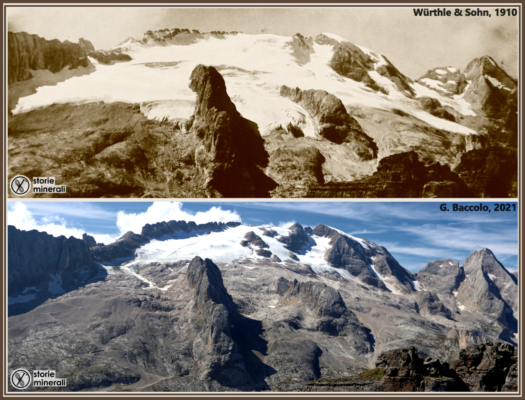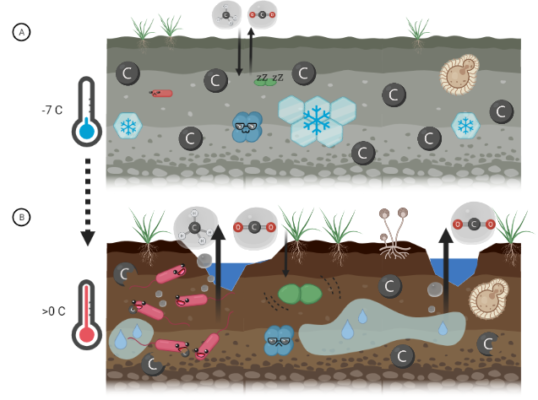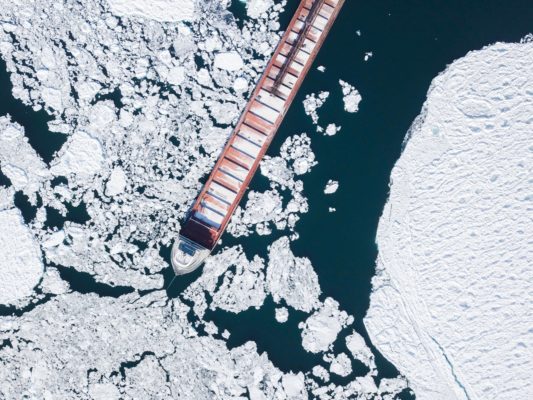Glaciers are shrinking and disappearing in many regions of the Earth. Did you know? I am joking of course. We are flooded with news talking about this. The decline of glaciers has manifold and severe consequences and is one of the most powerful icons of climate change. Here I want to talk a little bit about one of the less talked about impact of glacier decline: the loss of culture and knowledge r ...[Read More]
Climate change and the Cryosphere – With ice we are also losing a piece of our cultural heritage: a glaciologist’s perspective





